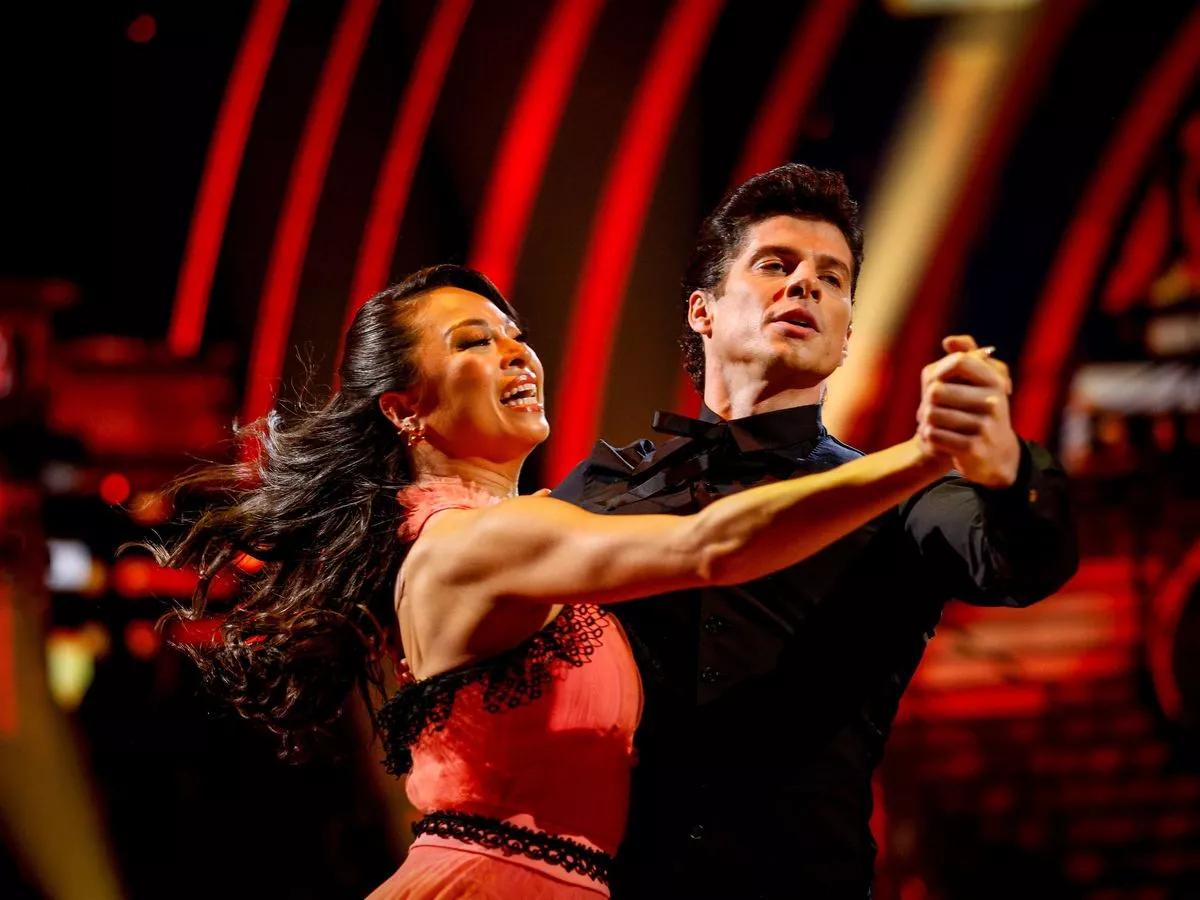Copyright scoop

Until recently I used the terms ‘hard right’ and ‘far right’ interchangeably. Certainly, dictionary definitions didn’t substantively differentiate. Broadly speaking they refer to people in political parties or other organisations with extreme rather than moderate or compassionate rightwing However, in part influenced by observing the behaviour of the ACT and NZ First parties in the National led coalition government, I have begun to differentiate between them. Although there is little that comes under the label of moderate rightwing of either party (in past years this was not the case with NZ First; nor was it the case with the original ACT despite its neoliberalism foundation), far right didn’t resonate with me as an appropriate descriptor. Differentiating ‘hard’ and ‘far right’ (and These days (I’m cognitively evolutionary so this may further change) ‘hard right’ for me means being very firm (immoderate) near the extremity of rightwing politics but still respect the functional institutions that make formal democracy work. contrast the ‘far right’ are at the extremity of rightwing politics and don’t respect these functional institutions. There is an overlapping blur between the ‘hard right’ and ‘far right’. For some in the former, this respect for formal democracy is notional while the latter will still participate in its processes (such as in Italy today) at least until it is no longer necessary to. Being ‘hard right’ can for some be a step in the transition to becoming ‘far right’. There are also alliances of various forms. ACT, for example, is neoliberal ‘hard right’ but supports the ‘far right’ (fascist in reality) intimidatory Destiny Church running a charter Then there is the relationship between far right and fascism. The latter is the former plus a mass movement (not necessarily majority) based within the ‘petty bourgeoisie’ (lower middle class and small businesses including smaller farmers). grows some bigger business benefactors take a political sniff and provide financial support. political parties and organisations don’t always fall neatly within these three extreme right categories. There is much blending and overlapping. To better understand this, I draw upon Karl Marx’s observations on uneven and combined development (discussed further Far right cannibalising of mainstream As well as observing the above-mentioned behaviours of ACT and NZ First in the coalition government, I was also struck by an article from Europe Correspondent Jon Henley in The Guardian (1 February): Far right parties in Europe are inspiring Henley is discussing how far right parties across Europe are “cannibalising” what he calls the centre right (what I call the rightwing). Specifically, “…hardline agendas, especially on immigration, are copied by mainstream conservatives in vain effort to win back votes- but it’s not working.” This includes Germany where the previously small Alternative für Deutschland (AFD) is now the second largest party in the federal parliament (Bundestag) has forced the conservative led government to adopt stronger anti-immigration positions. in a similar situation with a rightwing government confronted with the strong and growing far right National Rally. The government has even admitted that the National Rally had “won the ideological battle”. Austria, the far right is the largest party in parliament. Likewise in the Netherlands and also in government (at the time Henley’s article was published). In Italy, the far right actually leads the coalition government. In Finland, Croatia and Sweden the far right is either in government or has a formal relationship with it. In the United Kingdom, the far right Reform Party now leads the polls aided and abetted by a sycophantic Labour government trying to compete with it on reactionary policies and paying homage to Donald Trump. Henley notes that the European parties have what he calls “the right and left united behind a barrier” of not accommodating far right ideas or cooperating with far right parties. He then More recently, however, centre-right parties in particular have increasingly adopted far-right policies and, in several countries, formed coalitions with far-right parties. Despite evidence showing this only boosts the radical right, the process is accelerating. quotes Tarik Abou-Chadi, Associate Professor of European Politics at Oxford University: We’re in a vicious cycle. It starts with the radical right being more successful, winning more seats, entering government in more countries…mainstream parties move right on immigration. It’s strategic, to win back votes. So you have this accommodation. Except it doesn’t work – it doesn’t bring the votes back. Voters prefer ‘far right original to far right Abou-Chadi perceptively identified two things happen that reinforce the trend. First, accommodation “normalises and legitimises” far right parties making voting for them “no longer a transgression.” Second, public opinion shifts. Consequently: And then mainstream parties see that shift in public opinion and think: ‘We have to keep moving further to the right.’ And you end up broadening the coalition of people saying ‘we have to do something’ about immigration. The outcome has been that mainstream rightwing parties find themselves being “cannibalised” by the far right. Henley also quotes Nathalie Tocci, Director of the Istituto Affari Internazionali (a thinktank based in Rome) who contends that working with the far right is “political suicide”. She observes that: When moderate parties rule out cooperation with the radical right citizens know … a vote for the far right is wasted. But when they wink at the far right, that disincentive evaporates. And voters tend to prefer the original to the copy. predicts that Europe’s mainstream rightwing parties could be subsumed by the far right within 10 to 15 It’s already happened in some countries; in others it’s under way. We still talk about them as if they’re fringe. That has to Fascism adds an additional dimension to the issues discussed above. All three rightwing extremes share a common characteristic of authoritarianism (much more so for the far right and fascism). Fascism has become intertwined with the far right in several countries. It is influential in the far right parties in Europe including France and Germany. Fascism dominates the Italian government. It is the government of Israel with its ethnic cleansing, including genocide, of Palestinians. Outside Europe, India under Narendra Modi and his Hindu nationalist Bharatiya Janata Party and the United States under Donald Trump and his Republican Party and MAGA movement, have fascist led governments although fascism has yet to become the prevailing governing Uneven and combined development The theoretical idea of uneven and combined development of economic and political systems is helpful to better understand was developed by Karl After studying Russia’s development, Marx challenged the linear approach to epochal changing modes of production. In this context he questioned whether Russia had to go through capitalism in order to progress from feudalism to capitalism. Marx’s thinking was arguably taken further by the Russian revolutionary leader Leon Trotsky. It provided the foundation for his theory of permanent revolution. Essentially it meant rejecting the narrowing of historical stages as excessively mechanical. Implications for New Zealand The lens of ‘uneven and combined development’ is a useful way of viewing the hard and far right political influence in New Zealand, including whether the latter might ‘cannibalise’ the mainstream rightwing National Party, which already includes internal hard right It is tempting to think this might happen given the decline of National as a mainstream rightwing party to the benefit of NZ First (especially) and ACT (Labour has the same challenge on its end of the parliamentary spectrum). ACT is not the same party than the strictly libertarian one first elected to Parliament in 1996. David Seymour’s respectful conduct towards New Zealand’s most prominent far right leader (in my view fascist) Brian Tamaki is indicative of blending between neoliberalism and this form of ACT’s evolution was discussed on 1 November in an interesting Dr Bryce Edwards piece published by the Integrity Institute: From market freedom to corporate NZ First began nearly three decades ago with a xenophobic binge against Asian immigration and while this has never disappeared, until recent years I would have categorised it as mainstream rightwing with economic nationalist and populist edges. One of the effects of this was to ensure less political space for the hard and far right to However, NZ First has migrated to the rightwing extreme as it seeks to attract and consolidate the small but significant electoral base this provides. It is more hard right than far right notwithstanding Deputy Leader Shane Jones’ MAGA bravado. Is National for being cannibalised? It is obvious to almost everyone (excluding Christopher Luxon) that ACT and NZ First have a disproportionate influence on coalition government policy and, at times, marginalising the much larger As both ‘not so minor anymore’ parties continue their migration to the extreme rightwing, might they cannibalise mainstream National? Right now probably not but it is a future possibility. Let us not forget Tarik Abou-Chadi’s above-mentioned observation. It has already started in Europe and, if its extent to date is any indication, it could complete this journey in 10 to 15 With much uneven and combined development Aotearoa is not immune to this possibility. Let us also not forget the rapid rise of AFD in Germany from fringe to major It is time for the political left to listen, learn and then lead the response to this © Scoop Media



